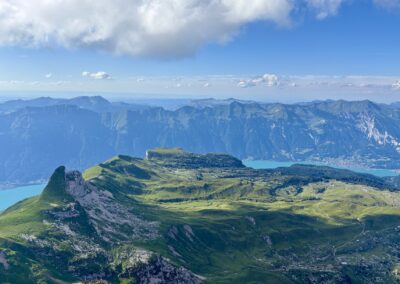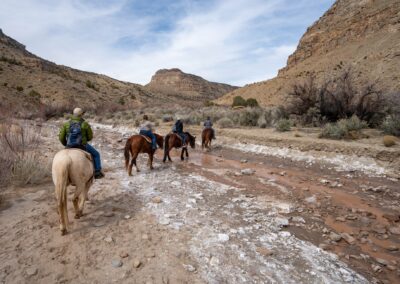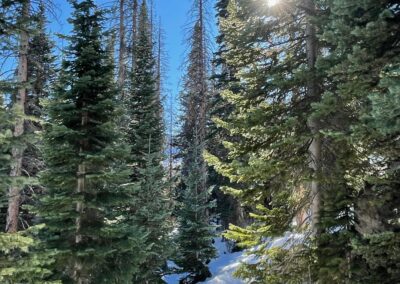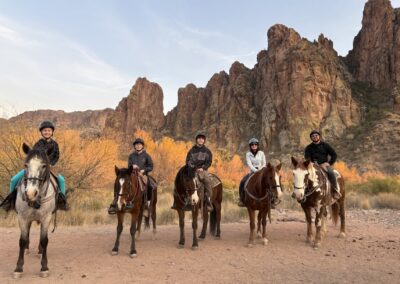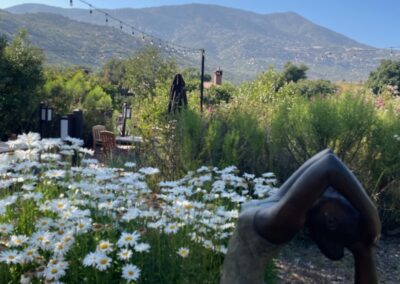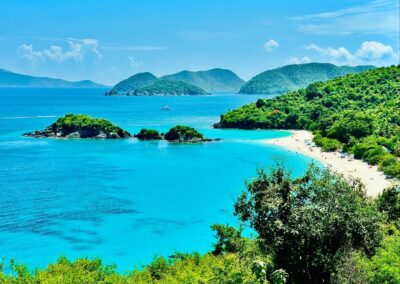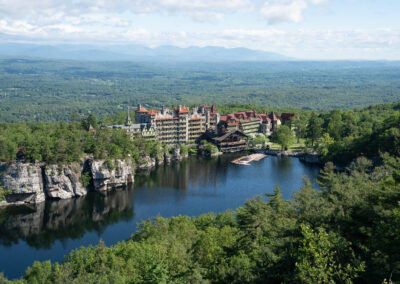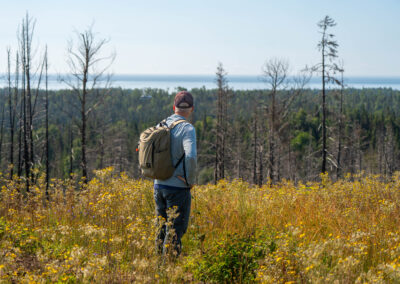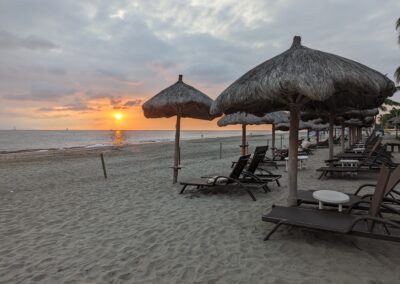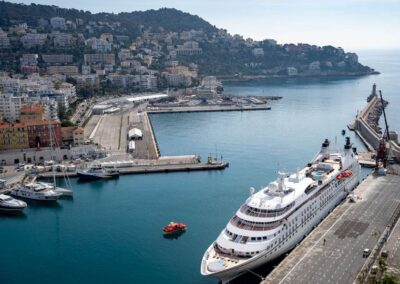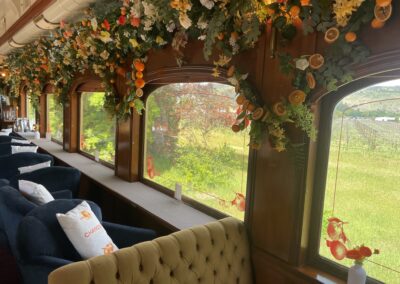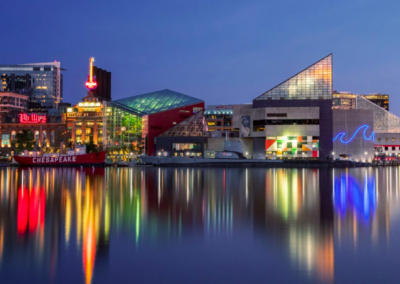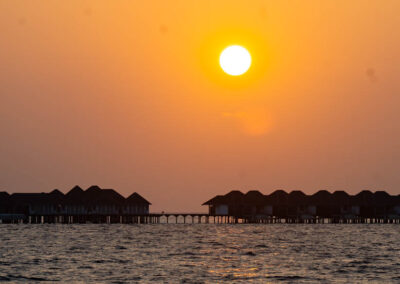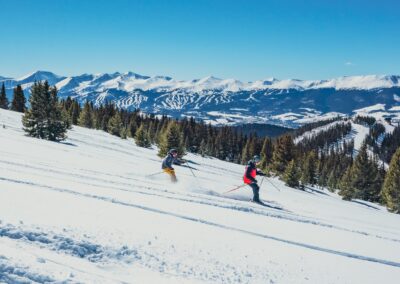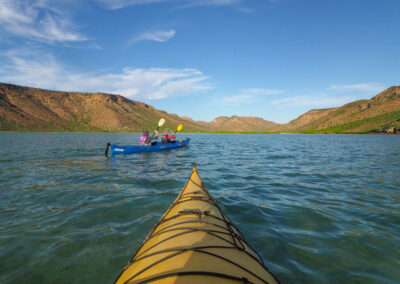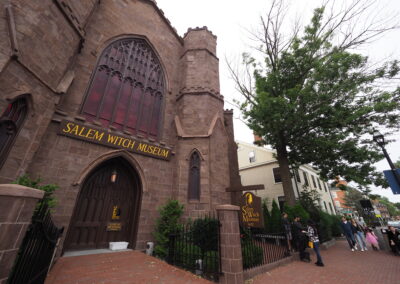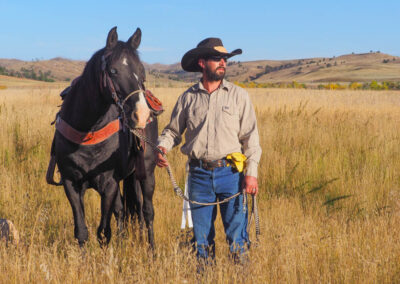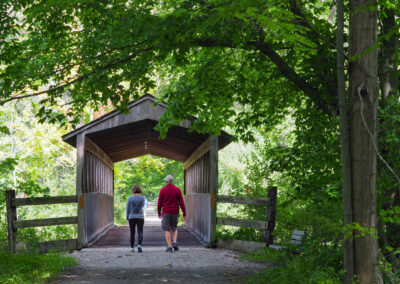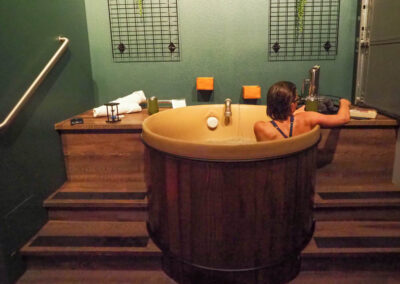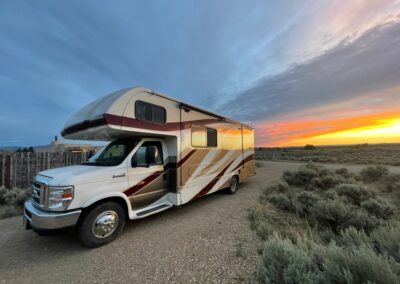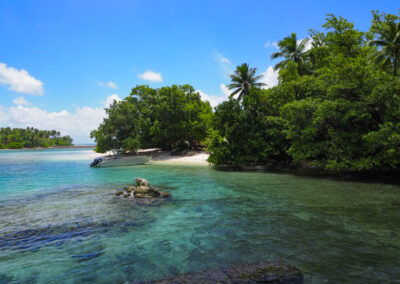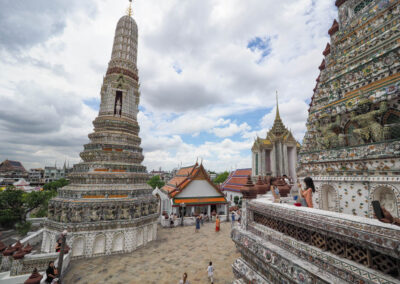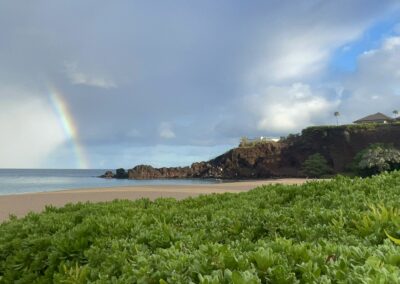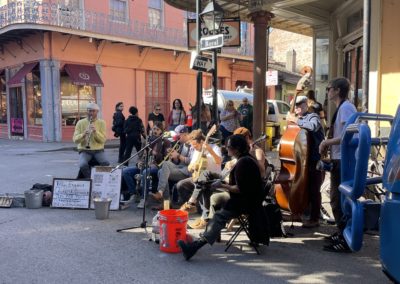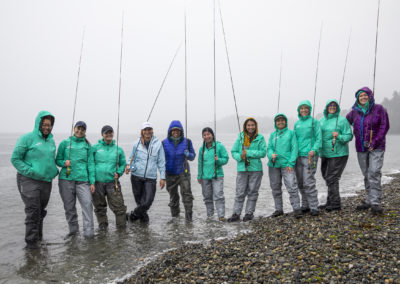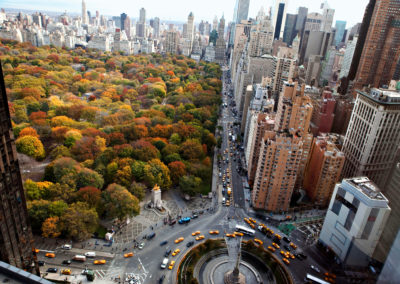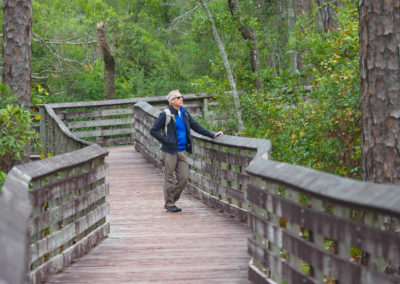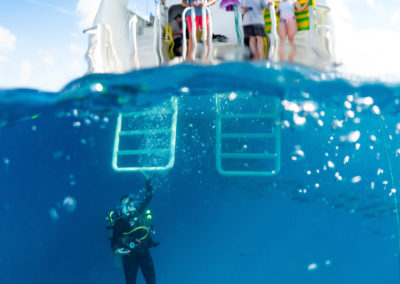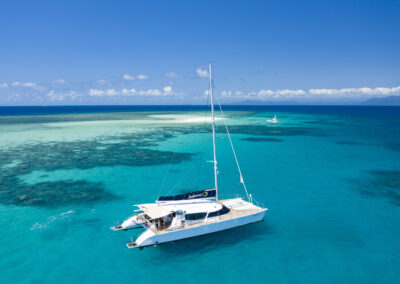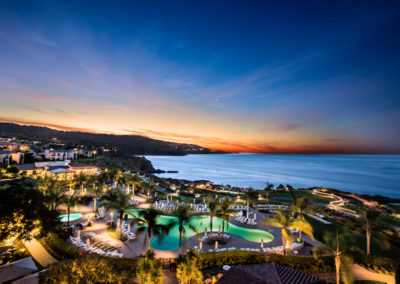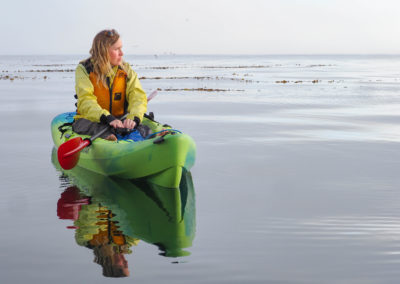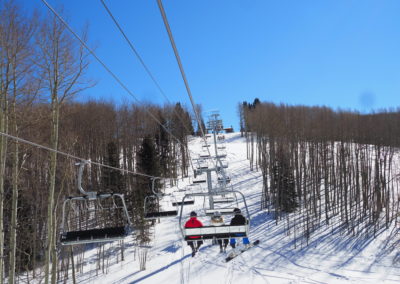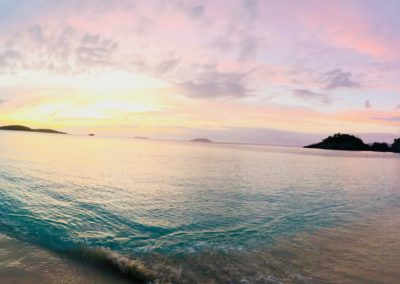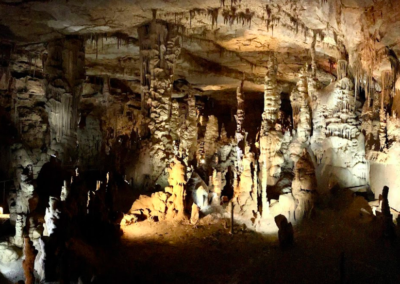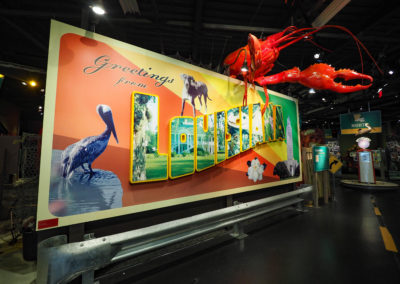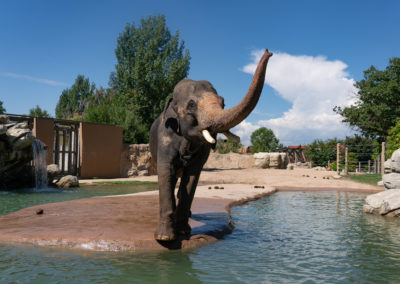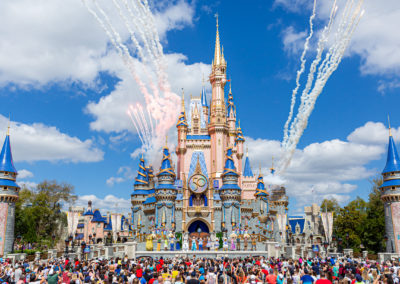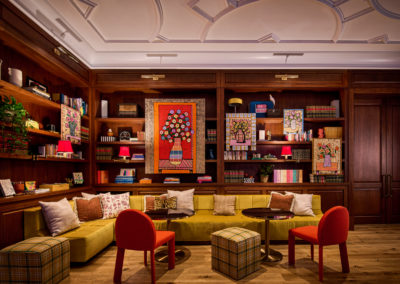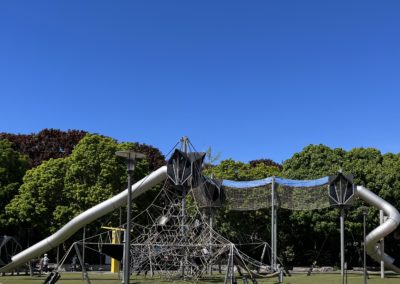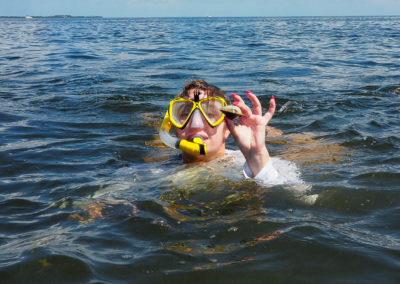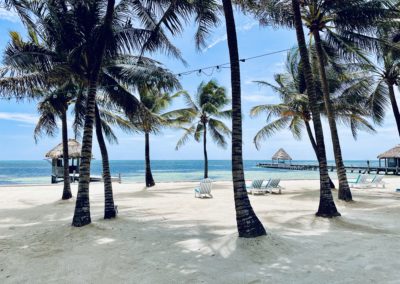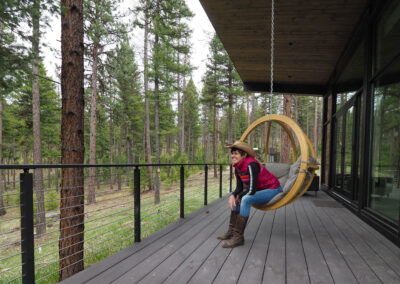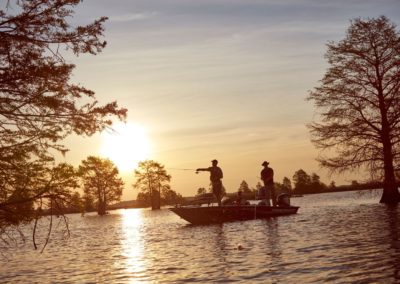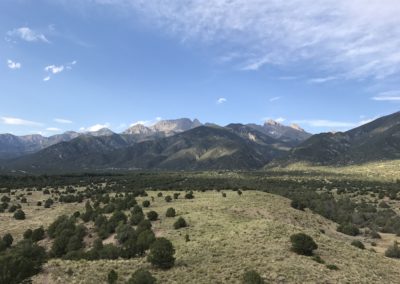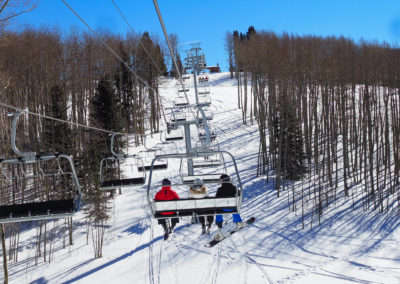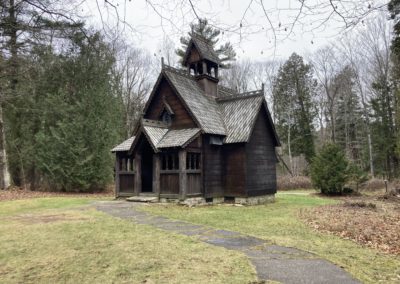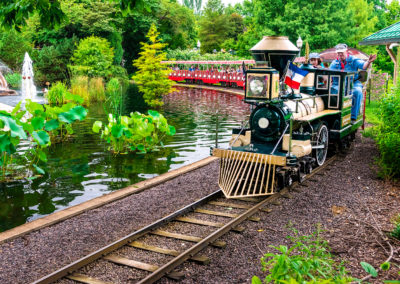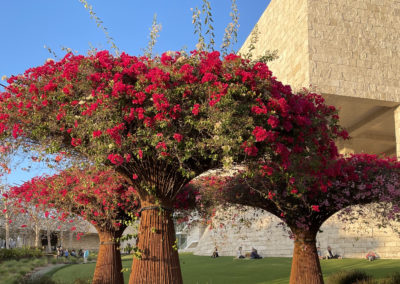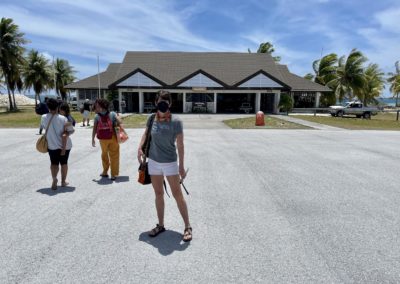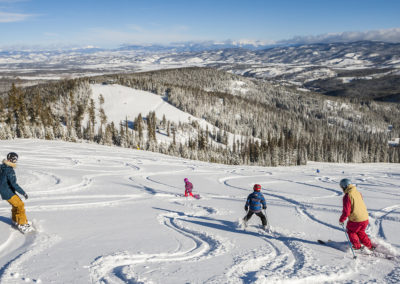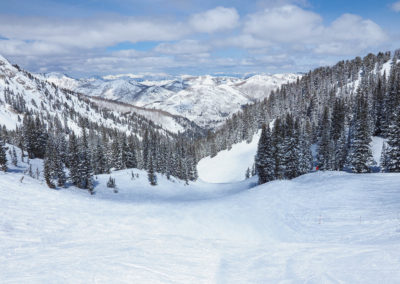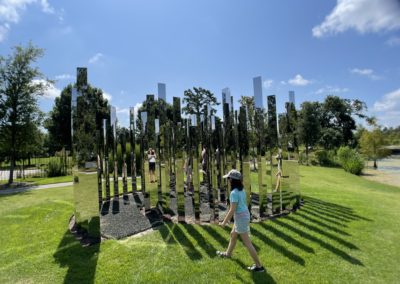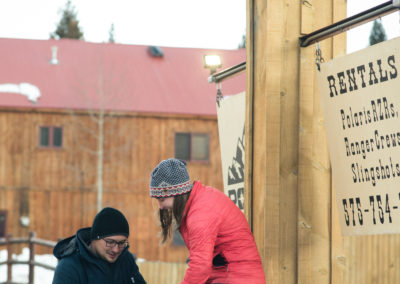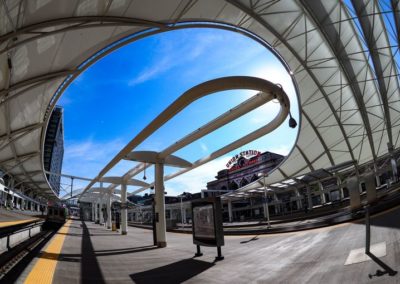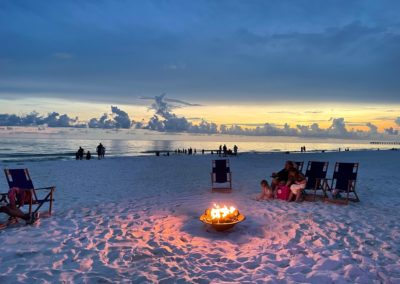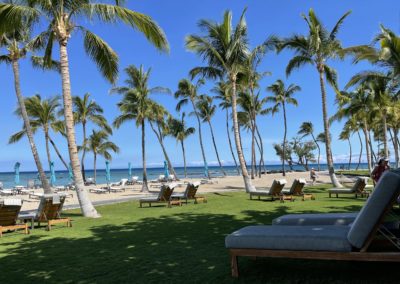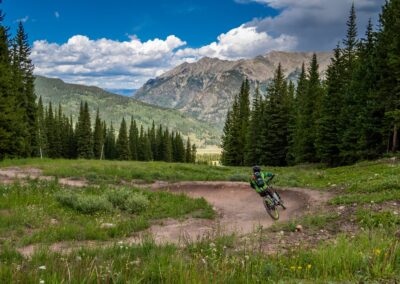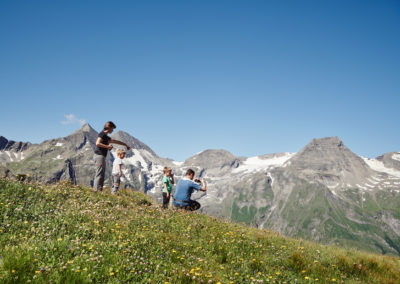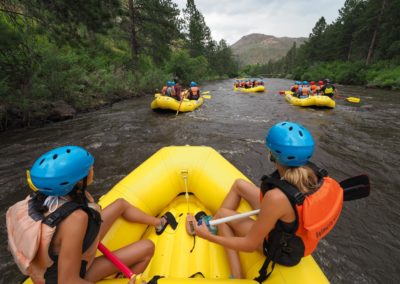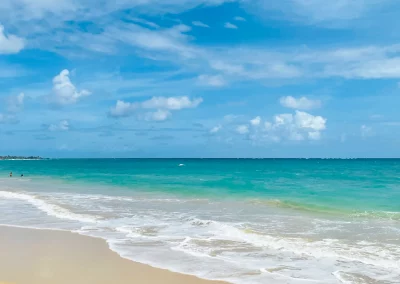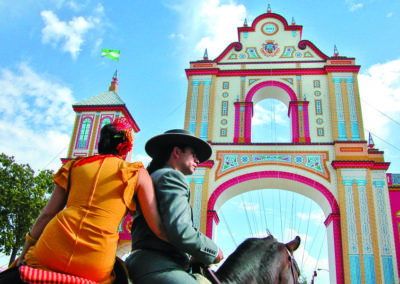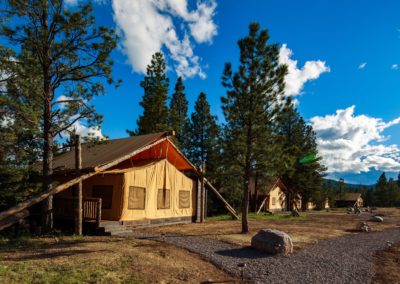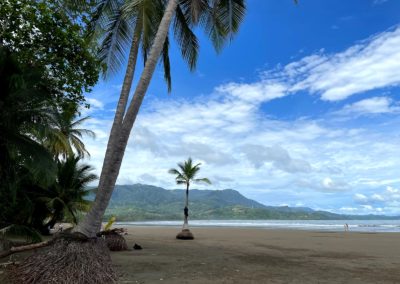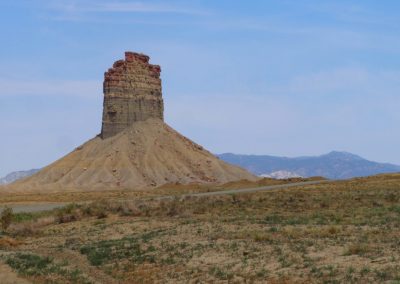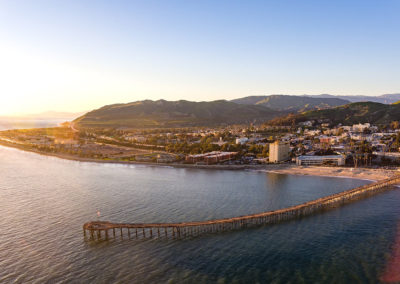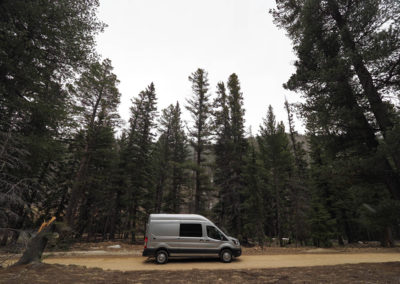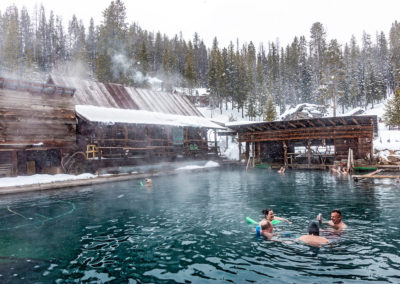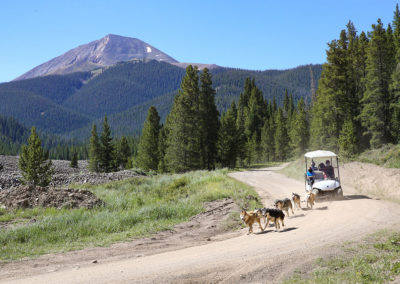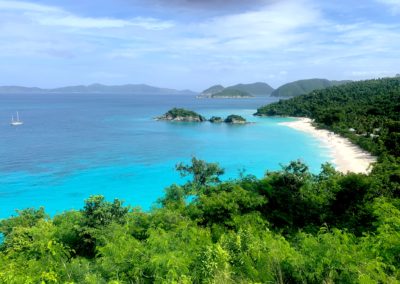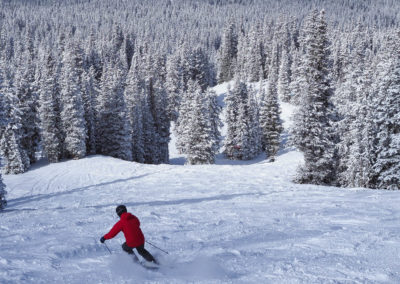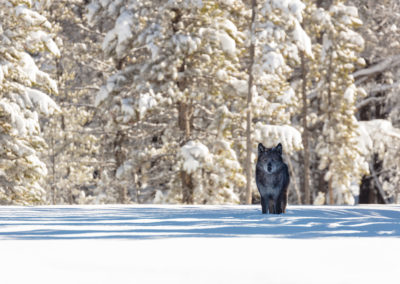Countesses and the like came to bygone bathhouses in big cars or horse-drawn carriages, bearing valises packed with cocktail dresses, feather boas and bathing costumes (aka swimsuits). Sometimes they brought both husbands and lovers as part of their entourage, a convoy that always included abundant staff. A social scene in every era, dating back hundreds of years, the retreats had a special renaissance in the late 19th and early 20th century, when they attracted characters as diverse as worn out novelists, gadabout painters, loquacious buffoons and royalty, religious figures, military officers seeking repose, quirky professors and well-to-do families on holiday. Accordingly, lavish retreats, known as spas or baths, were built to house guests on the verge of these springs. Their amenities were so splendid, and the retreats so remote, that bathers often stayed for a month—or more. Besides a party, the soak-loving guests discovered a meritorious side effect. They found relief from ailments as diverse as indigestion, lung malaise, arthritis and eczema.
The history of bathhouses and the ritual of submersion in hot mineral baths dates back centuries. One of the earliest known public spas, excavated by 19th-century archeologists in present day Pakistan, catered to 2500 BC-era bathers. Centuries later, H20 obsessed Romans carried on the tradition, erecting elaborate swimming and washing complexes in nearly every location they conquered. From Turkish hammams to Etruscan settlements that cropped up around hot springs, as well as Japanese onsens and Scandinavian saunas set beside frigid seas, healing water rituals have been part of countless cultures around the globe. The practice continues today. Ready to immerse?
The Royal Crescent Hotel and Spa, Bath, England

Bath had sported its reputation as the world’s first spa resort for centuries by the time the celebrities, such as Jane Austen and Lord Nelson, luxuriated at The Royal Crescent Hotel and Spa, a short walk from the bath town’s storied waters. A stylish, historical haven, the hotel’s splendorous suites and graceful gardens bring elegant contrast to today’s traveler’s de rigueur immersion sessions at the UNESCO-listed city’s modern Termae Bath Spa—a multi-story network of mineral-filled soaking options. Plan to visit the legendary Roman Baths, established in 75 AD, which drew pilgrims from across the empire. A series of chambers and pools, organized as a circuit with a cold plunge finale, the massive complex was abandoned in the fifth century but re-established in the 1600s, when doctors prescribed swilling (and swimming in) its waters for salubrity.
Brenners Park Hotel and Friedrichsbad, Baden Baden, Germany

Thank the Roman Emperor Caracalla, who mitigated his arthritic agony two millenniums ago, for bringing the Black Forest’s mineral springs to the world’s attention. A healing place that attracted royals (Queen Victoria and Kaiser Wilhelm I), composers (Berlioz and Brahms), writers (Dostoevsky) and untold blue bloods, sophisticates and rapscallions aplenty, Baden Baden (which literally translated means: to bathe to bathe) evolved into one of the world’s most evocative spa towns, complete with casinos and a horse racing track. Experience the original Friedrichsbad (Roman/Irish baths), a labyrinthine complex with 17 staged, watery experiences. Or, luxuriate at the Caracalla Spa, a more modern-style swimming and water therapy outlet. Don’t miss the Kurhaus, the heart of the action in the 19th century and an architectural masterpiece. Stay at elegant Brenner’s Park, a century and a half year old grand dame, touted for its outstanding Villa Stephanie, a wellness complex devoted to both medical healing and traditional spa experiences.
Indian Springs Resort, Calistoga, California
Who says you need water for a bath? In Napa Valley’s Calistoga, sludge-loving spa aficionados check into Indian Springs, California’s oldest spa facility, to wallow in the refurbished, circa 1861, sanctum’s signature volcanic-ash mud baths. Stretching 17 acres in the heart of this quirky wine-land town, Indian Springs stands out as a stellar wellness escape. With bohemian undertones and Napa’s understated sophistication, the quintessential Californian hideaway features bungalows, cottages and Mission Revival structures. Its four thermal geysers produce volumes of mineral rich water, enough to feed its Olympic-sized natural pool. Amble through town after a requisite submersion to experience Calistoga’s nostalgic array of cafes, galleries, bars and boutiques.
Vidago Palace, a Leading Hotel of the World, Vidago, Portugal
Follow in the footsteps of European aristocracy. They bumped down dirt roads in horse-drawn carriages (and later came by train) to make pilgrimages to Vidago Thermal Springs, known to heal stomach ailments in ancient times. Located in northern Portugal, not far from Spain, these therapeutic waters attracted the Romans, too, who left a legacy 100 AD bridge across the Tamega River as evidence. Bathing in Vidago became fancier with the construction of the Art Nouveau-style Vidago Palace in 1910. A grand, Gilded Age wonder, kitted out in Neo-Baroque-y hues of orange sherbet and cream, the resort’s restored stucco artwork, high ceilings, marble elements and delicate craftsmanship provide gravitas, while Pritzker Award winning Portuguese architect Álvaro Siza Vieira’s more contemporary spa redo ensures modern elan.

Austrian artist Friedensreich Hundertwasser took one look at the spring-fed village setting of Bad Blumau in Austria’s Styria, a spit of fertile farmland known as the nation’s bread basket, and his vision emerged. Charged with creating a resort like no other that would embrace two distinct hot springs and showcase surrounding nature, Hundertwasser designed his colorful, warren-like tour de force as a kind of rambling Hobbit house, free from straight lines. With 1,000 distinct windows, underground passageways, golden onion domes, gardens atop roofs, complete with furniture and paintings conceived by the artist, Rogner Bad Blumau, built in 1968, is said to be the world’s largest inhabitable work of art. Within, saunas, spring-fed pools, hot tubs and decks aplenty juxtapose with bustling Vienna, located an hour away.
Ystad Saltsjobad, Ystad, Sweden
Prepare to get naked in Sweden, where throngs of health nuts partake of the time-honored Nordic tradition of cold plunging. Across Scandinavia, wellness-conscious citizens of all ages take the time to sit in a scorching sauna, following that activity with a chilly swim in the sea. Some say the tradition dates back to the 13th century, perhaps to the Vikings or even Iron Age settlers. In Ystad, a characteristic town in Skane, Sweden’s southernmost region (it lies across the bridge from Copenhagen), stay at the refurbished icon Ystad Saltsjobad, built in 1897 during the spa hotel craze in Europe. On a beach, steps from the rumbling waves of the Baltic Sea (ideal for post-sauna immersion), the hotel features a multi-story spa based on the principles of hydrotherapy.
Kai Sengokuhara, Hakone region, Japan
Tokyo knows where to chill. When seeking tranquility, its residents leave urbanity behind in droves to slip into the bubbling warmth of a volcanic pool in Hakone, part of Fuji-Hakone-Izu National Park, just an hour from the city. A region known for its mountain-marked views, cherry blossoms and gingko trees, Hakone has an abundance of geothermal hot springs, prime for those seeking recuperation. Find your refuge at KAI Sengokuhara, an intimate ryokan, with only 16 rooms. Individual spring-fed baths, located outdoors, kit out each suite, framing views prime for meditation. Overall, with an atelier’s art centric vibe throughout, the hotel celebrates the large number of art museums in the region. Look for the celestial glow at night cast from bioluminescent stones, a metaphor for the night sky.
Grand Resort Bad Ragaz, A Leading Hotel of the World, Bad Ragaz, Switzerland
In Heidi, every child’s favorite book, the main character’s ill friend, Clara, took her cure in Bad Ragaz, a Swiss village long regarded for its medical facilities and healing mineral springs. Today, the salubrious waters continue to be pumped down from the craggy mountains that shadow the village to fill the pools of this eponymously named resort. In eastern Switzerland’s ski country, amid vineyards and wildflower peppered meadows, Bad Ragaz’s medieval streets, fringed by colorful houses, lead to the classic resort complex, which stands at its center. Composed of four linked hotels, evocative gardens, a medical clinic, pools of healing waters, saunas, a spa and restaurants, the resort first opened in the late 19th century. It boasts regular guests from around the world. Many favor the new built Spa Suites sector, where guestrooms are equipped with personal saunas, steam rooms, whirlpools and tubs that spout spring water from the faucets to soothe wellness seekers.
Adler Thermae Spa Resort, Bagno Vignoni, Italy
Stay in your Tuscan villa and swim in it, too. Near Siena, where fields of sunflowers and poppies complete a rolling patchwork, further textured by olive groves and vineyards, the Etruscans renewed themselves in a plethora of mineral springs. Later the haunt of Roman senators, soldiers and paramours—not to mention Pope Pius II, Saint Catherine of Siena and Lorenzo the Magnificent—the village of Bagno Vignoni continues to yield an alkaline water source, rich in sulphur, which purportedly cures arthritis and eczema. Ensconced in a suite at Adler Thermae, embrace the dolce vita like those characters of yore, thanks to myriad grottos, thermal pools, saunas and a subterranean salt bath—plus a spa menu, which offers 120 treatments inspired by the region.
Tabacón Thermal Resort and Spa Arenal, Costa Rica

The indigenous people of northern Costa Rica surely took advantage of the magma-heated thermal pools that pock the leafy terrain at the foot of the Arenal Volcano. That same landscape, inhabited by monkeys and sloths, triggered the notion of an eco-conscious wellness retreat when Costa Rican architect Jaime Mikowski hiked through it in 1991. With a treehouse motif meant to meld into the junglescape, Tabacón occupies 900 acres, a maze of pools, waterfalls and gardens beloved by a slew of modern day celebrities. In-river swimming holes, heated by the volcano, promote relaxation, with minerals such as lithium and silica playing a stress relieving role. The hotel, adorned by local art, has an al fresco spa for sense-of-place oriented treatments, such as the Tabacon Massage, which uses mud from the volcano and chants from the local language.
Szechenyi Baths and Four Seasons Gresham Palace, Budapest, Hungary
Hilly Budapest is awash with baths. Eighteen million gallons of curative, mineral water flows in from adjacent springs daily, filling the 31 thermal spa houses that stipple the city. From 16th century Turkish hammams with domed roofs, arches and mosaics to Belle Epoch palaces bearing Neo Baroque motifs from cherubs to stucco flourishes, the baths in Hungary’s regal capital offer spa buffs a range of options. Try the elaborate Szechenyi Baths, built in 1913, one of Europe’s largest thermal bath complexes. A watery living room, this social hub caters to a range of guests, ensuring supreme people-watching as you bathe. Look for ardent lap swimmers, frolicking families, giggling gaggles and elderly men hunched over floating chess boards. Base at the stately, Neo Classical Four Seasons Hotel Gresham Palace, located near a variety of baths, which also offers its own spa.
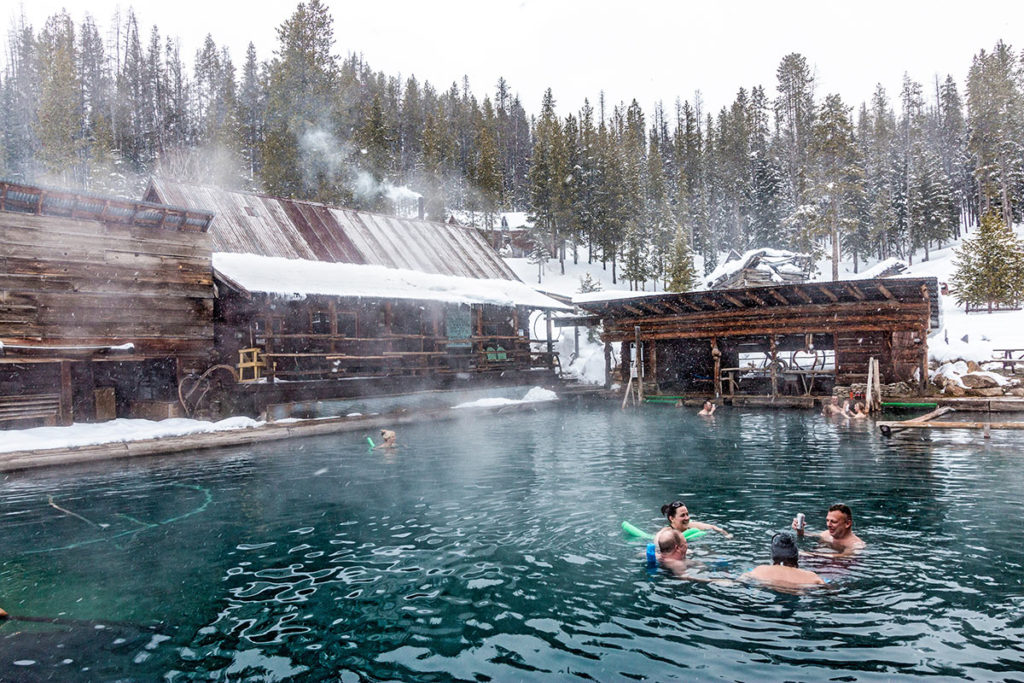
With miles of undeveloped terrain, Idaho stands out as a quintessential American frontier, defined by vast expanses of protected wilderness. Visitors have sought the quietude of its untrammeled nature for decades, hiking verdant forests, skiing its mountains and hiding away beside its lakes. Shore Lodge, established in 1948, has hosted its share of elite travelers in search of simplicity. On the lips of glacial-fed Lake Payette, the refurbished, mountain-style hotel continues to be a year-round destination for outdoor enthusiasts. Mineral bath buffs check in for the retreat’s ideal location, central to many of the state’s 130 distinct hot springs, such as Gold Fork, home to six, crystalline mineral pools. Don’t miss Shore Lodge’s own supreme spa, equipped with an indoor and outdoor salt water swim area.
Explora Atacama and Puritama Hot Springs, Chile

For Northern Chile’s Atacama people, residents of the world’s driest desert, the Puritama Hot Springs weren’t just sacred—they were medicinal. Composed primarily of sodium sulfate, the waters combat rheumatism, arthritis and stress. Now open to the public, these desert-sited, volcano-heated pools lie at the bottom of a canyon, a network of organic, wooden footpaths, accented by waterfalls. Restored by the eco-conscious explora hotel group, in collaboration with the Atacamenos people, the geo thermal pools lie just a hike away from the explora Atacama hotel. Designed to be a sort of basecamp, the recently reopened hotel oasis is a portal to far flung northern Chile. Architecture hinges on the landscape, with massive doors and picture windows. A stunning, pampas-lined pool area, composed of four bodies of water, emphasizes the desert’s aspect of infinity.








